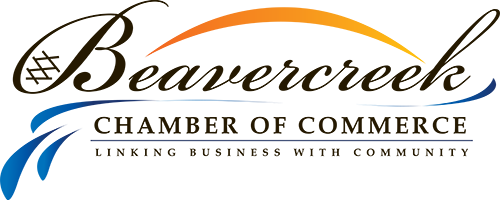Article
Now Accepting 2025 Business Development Grant Applications!
Unlock Up to $8,000 for Your Business: Apply for the 2025 Beavercreek Chamber Business Development Grant
Are you a small business owner in Beavercreek or Greene County looking to expand your operations, launch a new product, or invest in growth? The Beavercreek Chamber of Commerce is excited to announce that applications for the 2025 Business Development Grant will open on June 1, 2025. This annual grant offers up to $8,000 in funding to support local businesses in their growth endeavors.
What is the Business Development Grant?
The Business Development Grant is designed to provide capital to small businesses and non-profits with fewer than 150 employees. The grant aims to support projects that increase capacity, add new ventures, or expand existing operations. Eligible uses include acquiring equipment, technology, permits, or site development necessary for business growth. However, the grant cannot be used for payroll, legal fees, utilities, insurance, or taxes.
Application Timeline
- June 1 – August 1, 2025: Open application period.
- August 15 – September 15, 2025: Review of applications and interviews with top 5 candidates.
- September 15 – 30, 2025: Final selection of grant recipient(s).
- October 1, 2025: Personal award announcements.
- November 20, 2025: Public presentation and receipt of funds at the Chamber's Annual Meeting.
Eligibility Requirements
- Must be a member of the Beavercreek Chamber of Commerce in good standing.
- Businesses must have fewer than 150 employees.
- Recipients are required to maintain Chamber membership for at least three years post-award.
- Active participation in at least three Chamber events is expected.
- A final project review, including documentation and outcomes, is required for future grant eligibility.
Success Stories
In 2024, Beavercreek Pizza Dive was awarded the grant to assist with the costs of a new self-tap wall at their second location near The Mall at Fairfield Commons. This investment has contributed to their expansion and continued success in the community.
How to Apply
For more information and to download the application packet, visit the Business Development Grant page.
Frequently Asked Questions
Q: Can non-profit organizations apply?
A: Yes, non-profits with fewer than 150 employees are eligible to apply.
Q: What types of projects are considered for funding?
A: Projects that aim to increase business capacity, add new ventures, or expand operations are eligible. This includes acquiring equipment, technology, permits, or site development.
Q: Are there any restrictions on how the grant funds can be used?
A: Yes, the grant cannot be used for payroll, legal fees, utilities, insurance, or taxes.
Q: Is Chamber membership required to apply?
A: Yes, applicants must be members in good standing of the Beavercreek Chamber of Commerce.
Q: When will the grant recipients be announced?
A: Personal award announcements will be made on October 1, 2025, with a public presentation at the Chamber's Annual Meeting on November 20, 2025.
Don't miss this opportunity to invest in your business's future. Apply for the 2025 Business Development Grant and take the next step towards growth and success.
Not a Member yet? JOIN NOW at www.beavercreekchamber.org
share this
Related Articles
Related Articles








